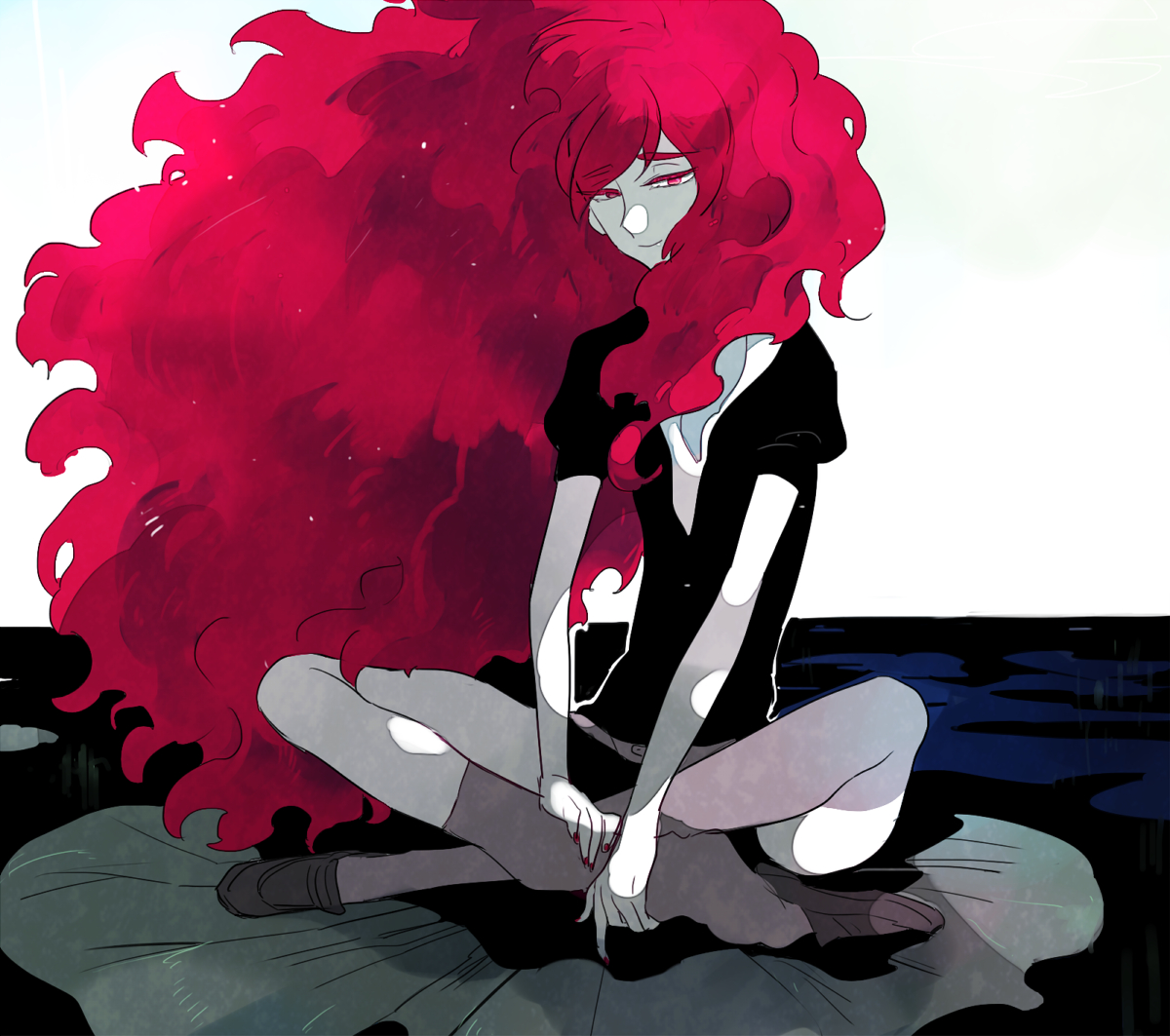

Max Verstappen’s 2020 Topps Chrome Formula 1 Sapphire Edition Padaparadscha trading card fetched crazy numbers at auction as bidders battled to secure this rare purchase. No matter their origin, the scarcity of these Sapphires, especially if found over two carats, means that buyers will be paying for Padparadscha at a premium-with price points not uncommon to the finest blue Sapphire. Whether rough cut or heat-treated, the highest-quality of Padparadscha could potentially yield upards of tens of thousand dollars per carat.įor more about Padparadscha Sapphires, book an appointment with us, or get in touch with our team via email anytime.Max Verstappen arrives in the paddock. For these reasons, the richer pink-and-orange saturation of the Sri Lankan gems are heralded as "true Padparadscha," and are valued much higher than their counterparts. There are slight saturation differences between the stones regions, with Madagascar-derived Padparadscha taking on more pink than orange, meanwhile, similar Sapphires from Tanzania’s Umba Valley region refract more orange, and even shades of brown. While it's true that, traditionally, Sri Lanka has provided the world with the most Padparadscha, more recent deposits in Madagascar and Tanzania have shifted the marketplace. That said, being that true Padparadscha colour is so rare, it may be hard to track down one that is flawless or perfectly clear. And because of the pastel shade of a Padparadscha Sapphire, flaws can make the gems appear cloudier than other forms of Sapphire. Stones that appear eye-clean, with little to no inclusions, will be more valuable. Like many gems, clarity is key when grading Padparadscha. Some would compare Padparadscha to having an overall salmon-colour, though these stones tend not to be evenly coloured, often with certain zones of the gem taking on more pink properties than orange, and vice versa.

Like that flower, the Padparadscha Sapphire's colour saturation floats between light pink and light orange. The vast majority of Padparadscha has been mined in Sri Lanka, with its name taken from the Sinhalese word for "aquatic lotus blossom". One of its most striking variations may actually be its most rare and sought after- the Padparadscha Sapphire. Sapphires are inarguably most well-known for possessing a potent, peacock blue hue, but it's by no means the only colour available within this diverse family of gemstone.


 0 kommentar(er)
0 kommentar(er)
